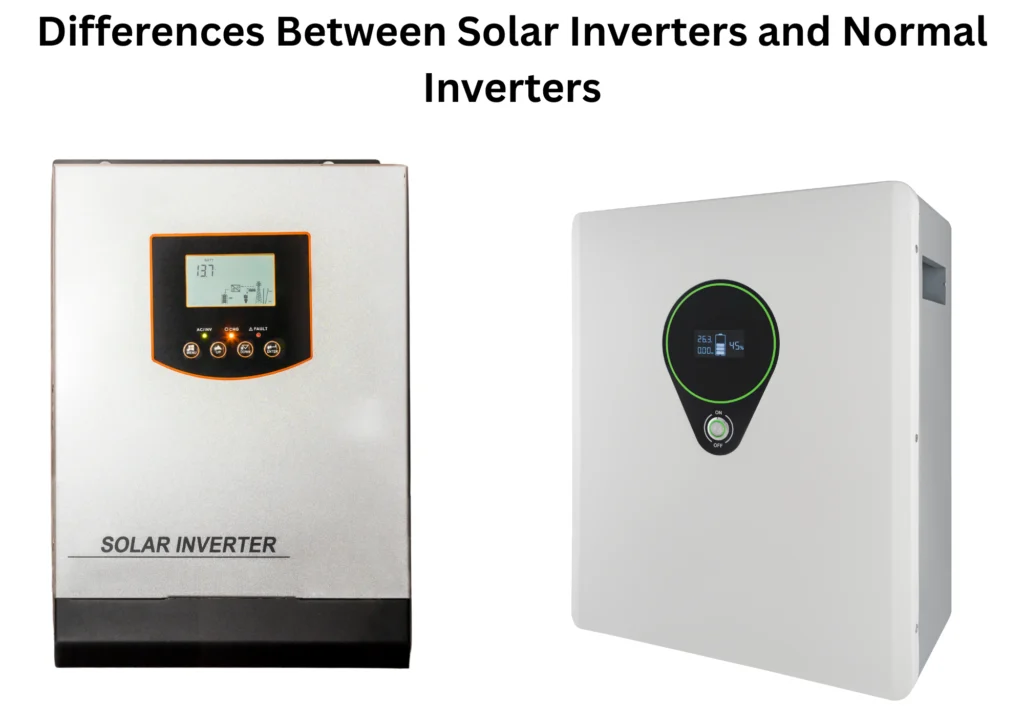
The key differences between solar inverters and normal inverters to choose the best option for your home energy needs.
Solar and normal inverters transform direct current (DC) to alternating current (AC), but they serve different purposes and have distinct features. Solar inverters are specifically designed to work with photovoltaic systems, optimizing energy harvest from solar panels through Maximum Power Point Tracking (MPPT) technology. They often include grid connection capabilities and monitoring systems. On the other hand, normal inverters primarily convert DC power from batteries to AC power for running appliances during power outages, without the specialized features needed for solar energy conversion.
Table of Contents
Basic Function

For home use, solar inverters transform the DC electricity generated by solar panels into usable AC electricity. They are specifically designed to handle the variable output from photovoltaic panels. These specialized inverters optimize energy harvest from solar radiation throughout the day.
Key Technologies
Using Maximum Power Point Tracking (MPPT), solar inverters maximize energy production. They continuously adjust to changing sunlight conditions to maintain optimal efficiency. Most solar inverters also include grid connection capabilities and monitoring systems.
Normal Inverters Explained
An inverter changes the DC power stored in batteries into AC power to run household appliances. They are primarily used during power outages as backup power solutions. These inverters lack the specialized features required for solar energy optimization.
Main Differences
The input from solar panels is variable, whereas the input from batteries is consistent. Solar models require weather protection and are typically designed for permanent installation. Normal inverters are generally more portable and simpler in their technology implementation.
How to Choose the Right Inverter?
Choosing the right inverter based on your energy needs is essential. If you have solar panels, a solar inverter like SolarEnergyWikiPidia is a good choice. For regular backup, brands like Luminous or Microtek work well.

When selecting a battery inverter, brands like Luminous and Exide offer reliable options for home backup systems. Microtek inverters are popular for their affordability and varied capacity options. V-Guard and Su-Kam provide inverters with advanced features like LCDs and fast charging technology.
Solar inverters cost more than traditional inverters.
Initial Investment
Solar inverters typically cost 2-3 times more than comparable normal inverters. Premium brands like SolarEdge and SMA can command prices starting from $1,000 for residential systems. The advanced MPPT technology and grid-tie capabilities contribute significantly to their higher price point.
Long-term Value
Normal inverters from brands like Luminous or Su-Kam are more affordable, often starting below $300. However, solar inverters generally offer better return on investment through energy savings over their lifetime. Many solar inverter manufacturers like Fronius and Enphase offer 10-25 year warranties, justifying their higher upfront cost.
Conclusion
Solar inverters and normal inverters serve different purposes despite their similar names. Solar inverters are specialized for renewable energy systems, converting DC power from solar panels while optimizing energy harvest. Normal inverters are a simpler way to get backup power from batteries. The choice between them depends on your needs – whether you’re building a solar power system or just need emergency backup power. Understanding these differences helps you make the right investment for your specific energy requirements.
FAQs: Differences Between Solar Inverters and Normal Inverters
Q1: Can I use a normal inverter for my solar panels?
No, normal inverters lack the MPPT technology needed to efficiently convert solar energy.
Q2: Why are solar inverters more expensive?
They include specialized technology such as MPPT and grid-tie capabilities that standard inverters do not have.
Q3: Do solar inverters work during power outages?
Most grid-tied solar inverters shut down during outages unless they have battery backup features.
Q4: How long do solar inverters last compared to normal inverters?
Solar inverters typically last 10-15 years, while normal inverters usually last 5-10 years.
Q5: Can solar inverters charge batteries?
Some hybrid solar inverters can charge batteries, but standard grid-tie solar inverters cannot.


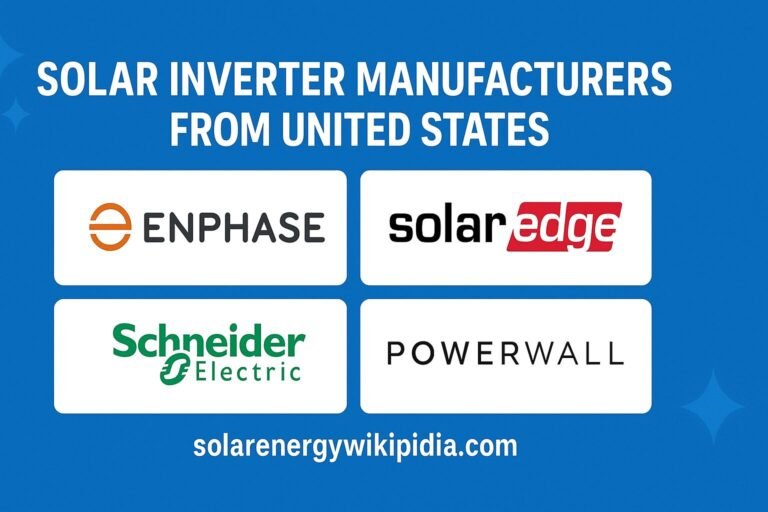

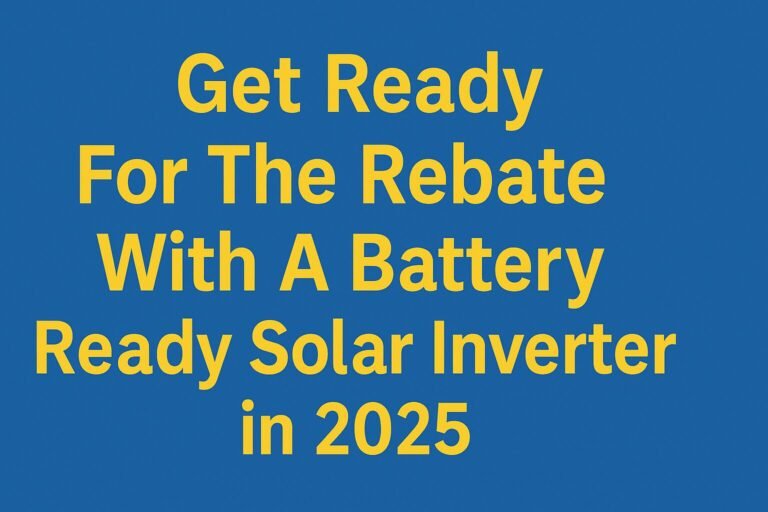
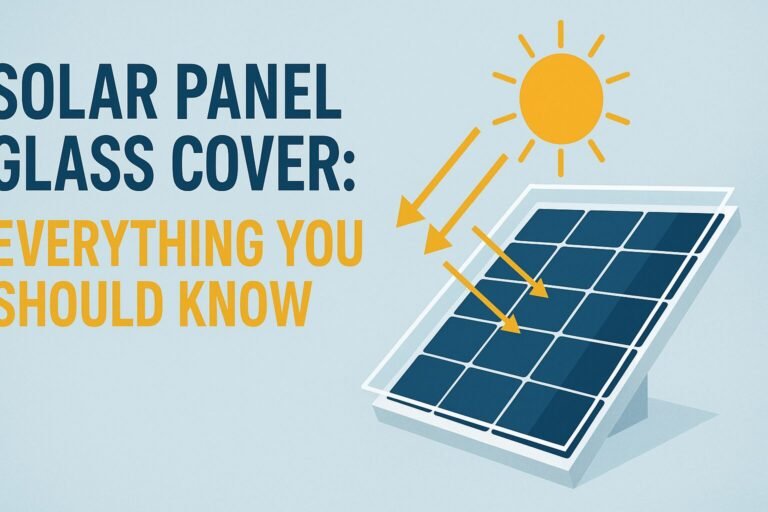
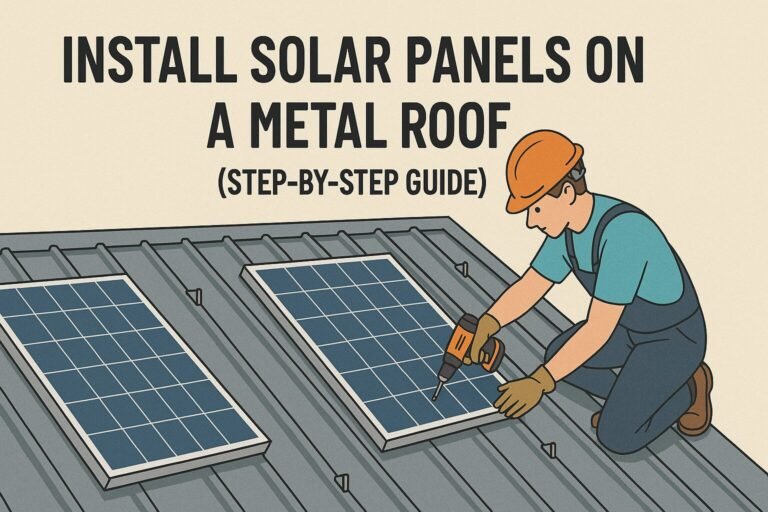

3 thoughts on “Differences Between Solar Inverters and Normal Inverters”